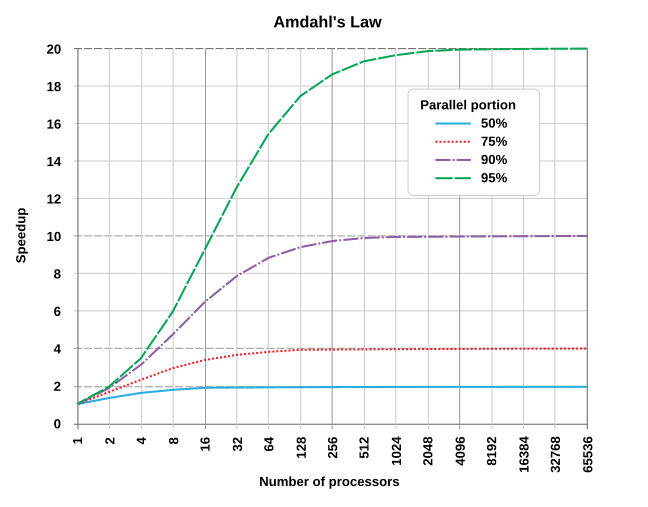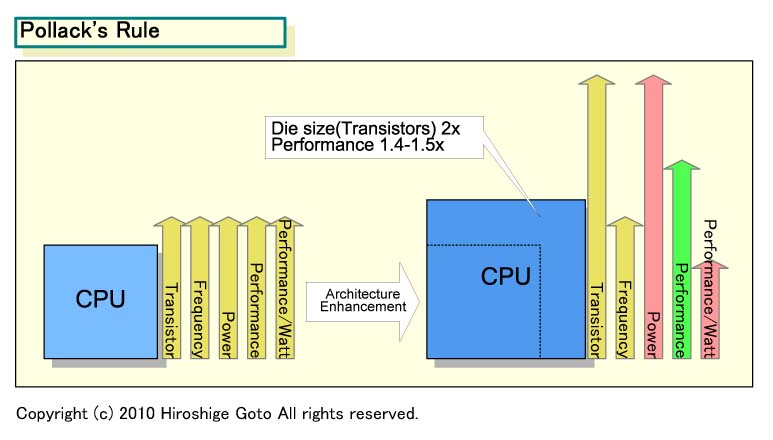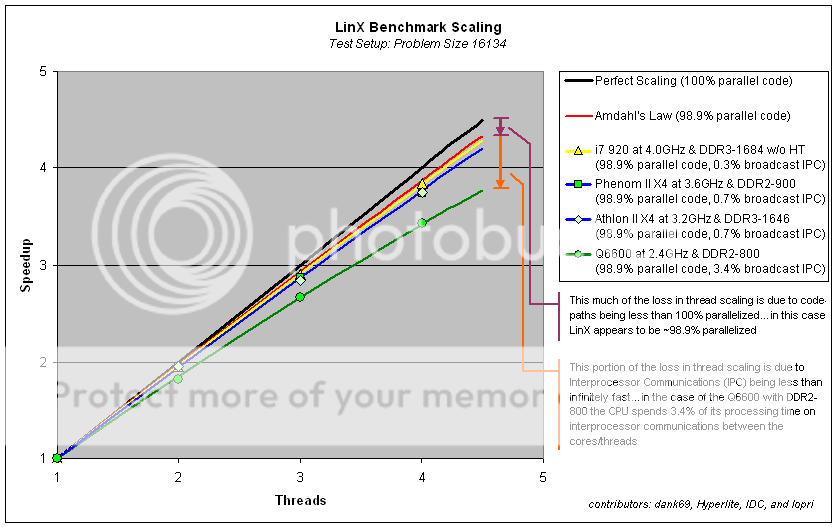- Mar 27, 2009
- 12,968
- 221
- 106
Here is a chart (I found on another forum posted by username "bladerash") showing process technology leads over the years:
Intel
250nm_____january 1998_____Deschutes
180nm_____25 october 1999_____Coppermine
130nm_____july 2001_____Tualatin
90nm_____february 2004_____Prescott
65nm_____january 2006_____Cedar Mill
45nm_____january 2008_____Wolfdale
32nm_____7 january 2010_____Clarkdale
22nm_____january 2012??_____Ivy Bridge
AMD
250nm_____6 january 1998_____K6 ''Little Foot''
180nm_____23 june 1999_____Athlon ''original''
130nm_____10 june 2002_____Thoroughbred
90nm_____14 october 2004_____Winchester
65nm_____5 december 2006_____Brisbane
45nm_____8 january 2009_____Deneb
32nm_____30 june 2011_____Llano
If this chart is correct at one time AMD and Intel were on par with each other. (with AMD actually beating Intel to the 180mm node).
But look at things today? AMD is 18 month behind Intel on the 32nm node. Furthermore, Intel is about to release 22nm Finfet process technology, which will probably result in the gap widening even more. (see quote below)
http://www.anandtech.com/show/4318/intel-roadmap-ivy-bridge-panther-point-ssds/1
This brings me to my question:
We've all heard about using the GPU for energy efficient computing, but what about AMD adding bobcat CPU cores (to augment large CPUs) to the equation? Could this help close the gap on battery run times?
A good example of mixing large CPU cores with small cpu cores would be the upcoming ARM "big.LITTLE" arrangement with Cortex A15 coupled to Cortex A7.
http://www.arm.com/products/processors/technologies/bigLITTLEprocessing.php


Even though we are looking at a scaleless graph above, I'd have to imagine the power savings would be significant.
The downside for AMD with "big.LITTLE" would be increased silicon die size area, but bobcat cores are pretty small at 4.6mm2 on 40nm node.
Intel
250nm_____january 1998_____Deschutes
180nm_____25 october 1999_____Coppermine
130nm_____july 2001_____Tualatin
90nm_____february 2004_____Prescott
65nm_____january 2006_____Cedar Mill
45nm_____january 2008_____Wolfdale
32nm_____7 january 2010_____Clarkdale
22nm_____january 2012??_____Ivy Bridge
AMD
250nm_____6 january 1998_____K6 ''Little Foot''
180nm_____23 june 1999_____Athlon ''original''
130nm_____10 june 2002_____Thoroughbred
90nm_____14 october 2004_____Winchester
65nm_____5 december 2006_____Brisbane
45nm_____8 january 2009_____Deneb
32nm_____30 june 2011_____Llano
If this chart is correct at one time AMD and Intel were on par with each other. (with AMD actually beating Intel to the 180mm node).
But look at things today? AMD is 18 month behind Intel on the 32nm node. Furthermore, Intel is about to release 22nm Finfet process technology, which will probably result in the gap widening even more. (see quote below)
http://www.anandtech.com/show/4318/intel-roadmap-ivy-bridge-panther-point-ssds/1
The shrink to 22nm and 3D transistors (FinFET) almost represents a two-node process technology jump, so we expect performance at various power levels to increase quite a bit.
This brings me to my question:
We've all heard about using the GPU for energy efficient computing, but what about AMD adding bobcat CPU cores (to augment large CPUs) to the equation? Could this help close the gap on battery run times?
A good example of mixing large CPU cores with small cpu cores would be the upcoming ARM "big.LITTLE" arrangement with Cortex A15 coupled to Cortex A7.
http://www.arm.com/products/processors/technologies/bigLITTLEprocessing.php


Even though we are looking at a scaleless graph above, I'd have to imagine the power savings would be significant.
The downside for AMD with "big.LITTLE" would be increased silicon die size area, but bobcat cores are pretty small at 4.6mm2 on 40nm node.
Last edited:














